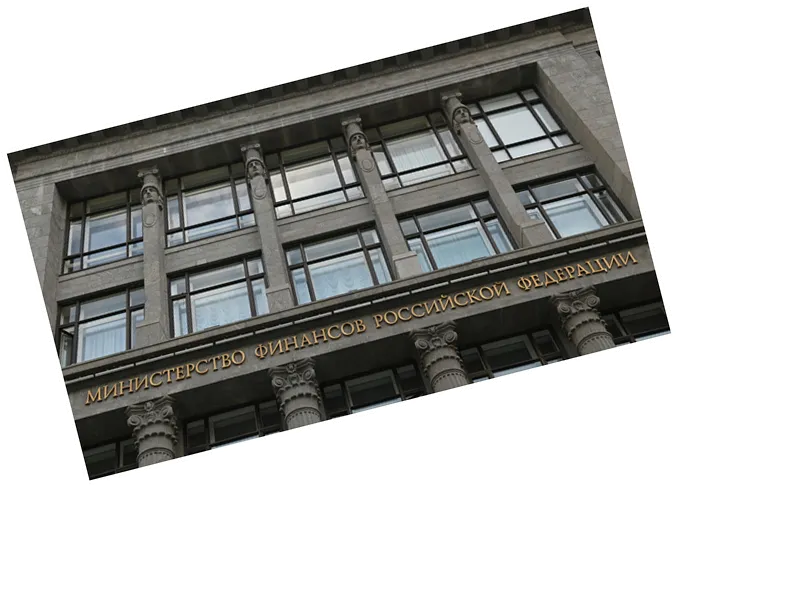The increase in minimum wage is a strategic move by the Russian government to combat economic inequality and improve living standards for low-income workers.
Experts predict that the ripple effect of the wage increase will not only benefit those earning the minimum wage but could also lead to salary increments across various sectors, potentially impacting 15-20 million workers.
The decision to link the minimum wage to the median salary indicates a long-term strategy to ensure that wage growth keeps pace with economic conditions and inflation.
The indexation of the minimum wage is likely to stimulate consumer spending in Russia, potentially boosting local economies and retail sectors.
As the minimum wage increases, there may be a corresponding rise in social payments and benefits, further enhancing the financial stability of low-income families.
The government may face pressure to continue adjusting wage policies in response to inflation and economic changes, leading to ongoing discussions about wage equity in the future.
On October 29, 2024, Russian President Vladimir Putin signed a law that will raise the minimum wage to 22,440 rubles starting January 1, 2025, marking a significant increase of 16.6%. This decision is expected to directly benefit approximately 4.2 million workers, with the indexation rate nearly doubling the anticipated inflation rate for 2024, projected between 8-8.5% by the Central Bank. The new minimum wage will be linked to the median salary, which was 46,751 rubles in 2023, ensuring that it reaches 48% of this figure by 2025. Furthermore, by 2030, the minimum wage is expected to rise to at least 35,000 rubles per month, a shift from its previous calculation method that had been temporarily adjusted due to economic sanctions. Currently, the minimum wage stands at 19,242 rubles, which is already above the subsistence minimum of 16,844 rubles.





